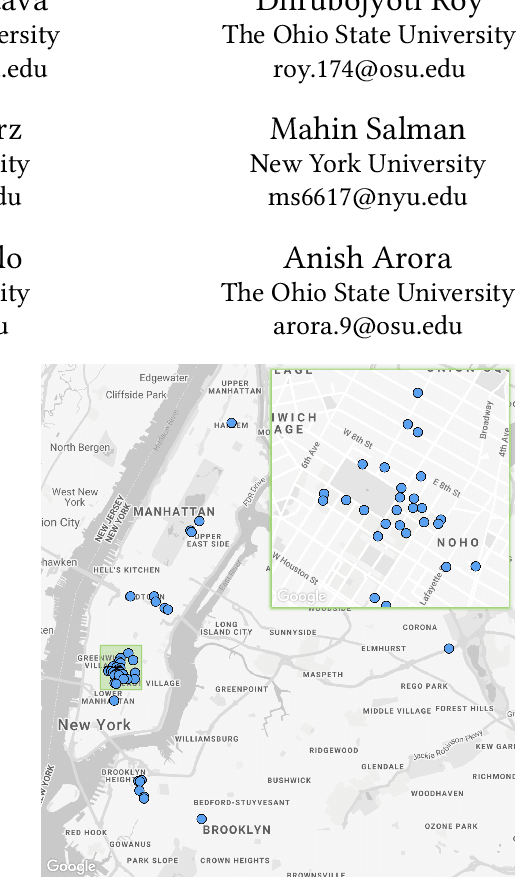Bea Steers
Total variation in popular rap vocals from 2009-2023: extension of the analysis by Georgieva, Ripolles & McFee
Dec 21, 2023Abstract:Pitch variability in rap vocals is overlooked in favor of the genre's uniquely dynamic rhythmic properties. We present an analysis of fundamental frequency (F0) variation in rap vocals over the past 14 years, focusing on song examples that represent the state of modern rap music. Our analysis aims at identifying meaningful trends over time, and is in turn a continuation of the 2023 analysis by Georgieva, Ripolles & McFee. They found rap to be an outlier with larger F0 variation compared to other genres, but with a declining trend since the genre's inception. However, they only analyzed data through 2010. Our analysis looks beyond 2010. We once again observe rap's large F0 variation, but with a decelerated decline in recent years.
Infrastructure-free, Deep Learned Urban Noise Monitoring at $\sim$100mW
Mar 11, 2022



Abstract:The Sounds of New York City (SONYC) wireless sensor network (WSN) has been fielded in Manhattan and Brooklyn over the past five years, as part of a larger human-in-the-loop cyber-physical control system for monitoring, analyzing, and mitigating urban noise pollution. We describe the evolution of the 2-tier SONYC WSN from an acoustic data collection fabric into a 3-tier in situ noise complaint monitoring WSN, and its current evaluation. The added tier consists of long-range (LoRa), multi-hop networks of a new low-power acoustic mote, MKII ("Mach 2"), that we have designed and fabricated. MKII motes are notable in three ways: First, they advance machine learning capability at mote-scale in this application domain by introducing a real-time Convolutional Neural Network (CNN) based embedding model that is competitive with alternatives while also requiring 10$\times$ lesser training data and $\sim$2 orders of magnitude fewer runtime resources. Second, they are conveniently deployed relatively far from higher-tier base station nodes without assuming power or network infrastructure support at operationally relevant sites (such as construction zones), yielding a relatively low-cost solution. And third, their networking is frequency agile, unlike conventional LoRa networks: it tolerates in a distributed, self-stabilizing way the variable external interference and link fading in the cluttered 902-928MHz ISM band urban environment by dynamically choosing good frequencies using an efficient new method that combines passive and active measurements.
 Add to Chrome
Add to Chrome Add to Firefox
Add to Firefox Add to Edge
Add to Edge